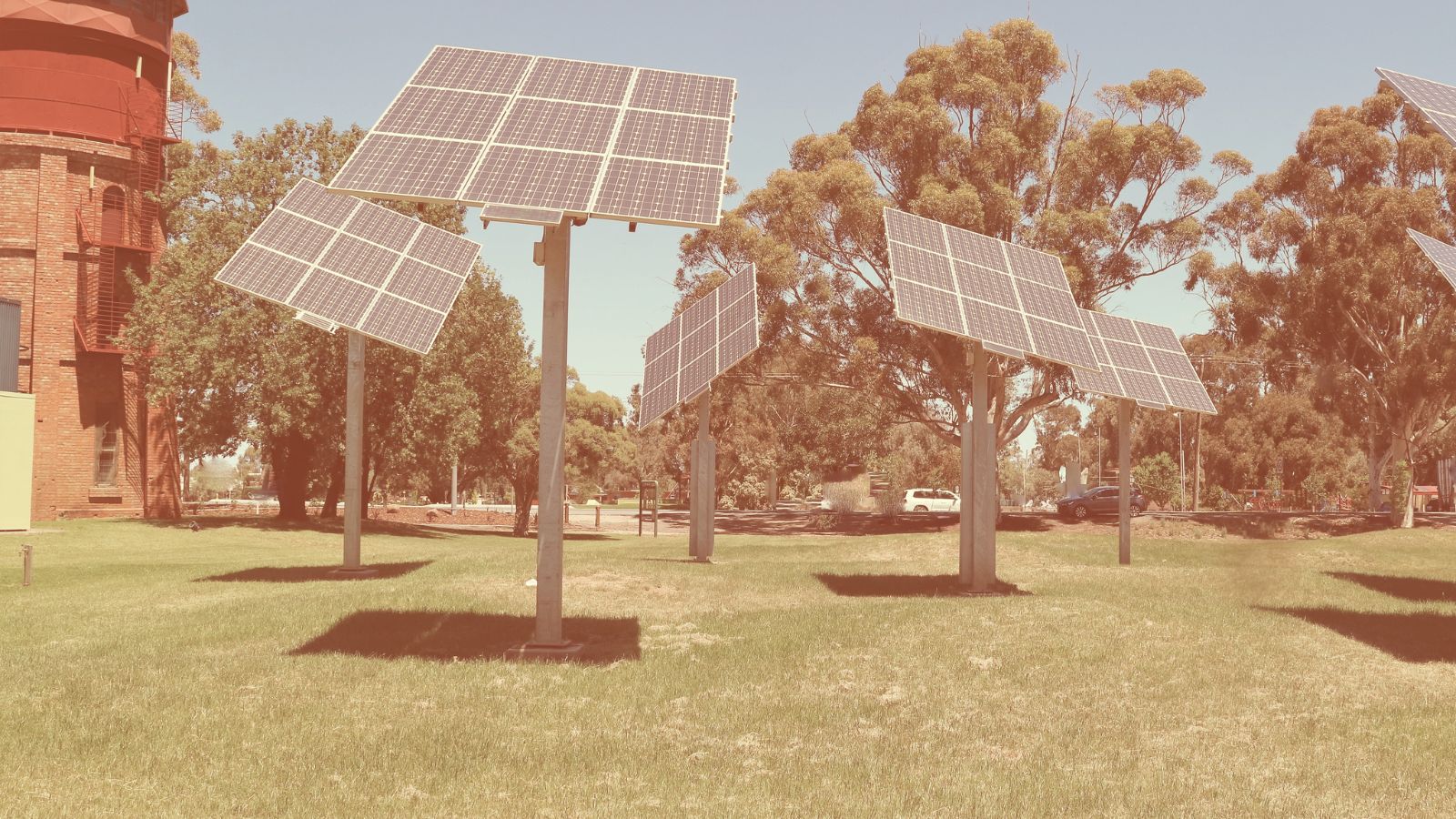The 2023 Update on Community Solar in California
California is well known for being a leader when it comes to energy and climate policy. We’ve led the way in reducing emissions, committing to electric vehicles, and pushing our utilities to embrace renewable energy. But there is one area where California has lagged behind many other U.S. states and missed out on an opportunity to spread solar energy beyond its usual suspects. That policy is community solar and storage.
But thanks to the work of a strong coalition of solar developers, ratepayer advocates, and environmental justice advocates––including Vote Solar––the state legislature passed Assembly Bill 2316 from Assembly Member Ward. This bill has opened up California to the potential of a new market for solar energy and storage and a far more equitable way to ensure more people in California who have not had access to solar before have access now, alongside the needed benefits of local reliability that the California grid so desperately needs. So now that the bill has passed, what happens next?
What’s Happening with Community Solar in California
Now the work of ensuring that a well-designed, truly equitable, and functioning community solar and storage program is created in California. This happens through the California Public Utilities Commission (CPUC) and the California Energy Commission (CEC), each of which is in charge of designing, and potentially funding, any new community solar and storage program. Vote Solar is currently a party to the proceeding (A. 22-05-022), which means we will work within the regulatory process to weigh in with testimony and legal briefs, working alongside partners from the AB 2316 effort. Over the next 6-8 months, we will work to ensure that the design of the tariff used to pay developers for any community renewable program is created using the lessons learned from Vote Solar’s work in other states and from the guidance of communities on the ground for whom a community solar and storage program will most benefit.
Included in AB 2316 was guidance for the CPUC, including a review of the existing green tariff programs in California. These programs have mostly proven too restrictive and limited in scope, making them difficult to scale and hard for solar developers to access. In the initial opening testimony from many of the parties in the proceeding, the existing programs were shown to be ineffective and costly, which is the opposite of what AB 2316 requires. AB 2316 includes language stating that if the current programs are found to be ineffective, a new program can be created with detailed requirements, including a 51% carveout for low-wealth subscribers.
Community Solar Proceeding
Vote Solar submitted opening testimony in the proceeding co-authored with California Environmental Justice Alliance and Natural Resources Defense Council, calling out the ways to meet the requirements of AB2316 while upholding equity and prioritizing disadvantaged communities in the creation of any new community solar and storage program. Our testimony included a discussion of providing maximum bill savings, especially for low-wealth and disadvantaged community subscribers to any project as well as the necessary consumer protections needed to protect subscribers from bad actors.
The Commission held a workshop on February 27th where parties presented their evaluations and proposed new programs, which included a presentation on the Net Value Billing Tariff by CCSA (Coalition for Community Solar Access). The NVBT is currently the only new community solar and storage proposal in the proceeding and includes promising design aspects that Vote Solar supports, including valuing projects on an avoided cost basis, using net billing to ensure one bill for subscribers, extensive consumer protections, and potential opportunity for substantial savings for subscribers, provided there is added funding available from federal or state incentives.
What’s Next
The California Energy Commission is currently deciding how different buckets of funding for reliability and resiliency will be allocated, and Vote Solar believes that in order to achieve an equitable program with substantial savings for low-wealth subscribers, we need to see a proportion of that funding go to community reliability projects, such as community solar and storage that can provide benefits for both the grid and subscribers of those projects. Resources could support higher financial savings for low-wealth participants of community solar and storage projects and could support projects that demonstrate pathways to community ownership.
We believe that the sooner we can get a working and equitable community solar program up and running in California, the better for our renters, disadvantaged communities, and everyone who has struggled to access the benefits of solar and storage. The Commission and the CEC have the opportunity now to create and provide incentive funding for a program that provides relief during net peak hours so California can keep the lights on, provide meaningful savings for people’s energy bills, opportunities for community ownership and expand access to solar and storage for renters. Those goals are ones we plan to keep in mind as we work within this proceeding. Let’s get to the front of the nation again with the most equitable community solar and storage program that truly opens up access and savings for all.



